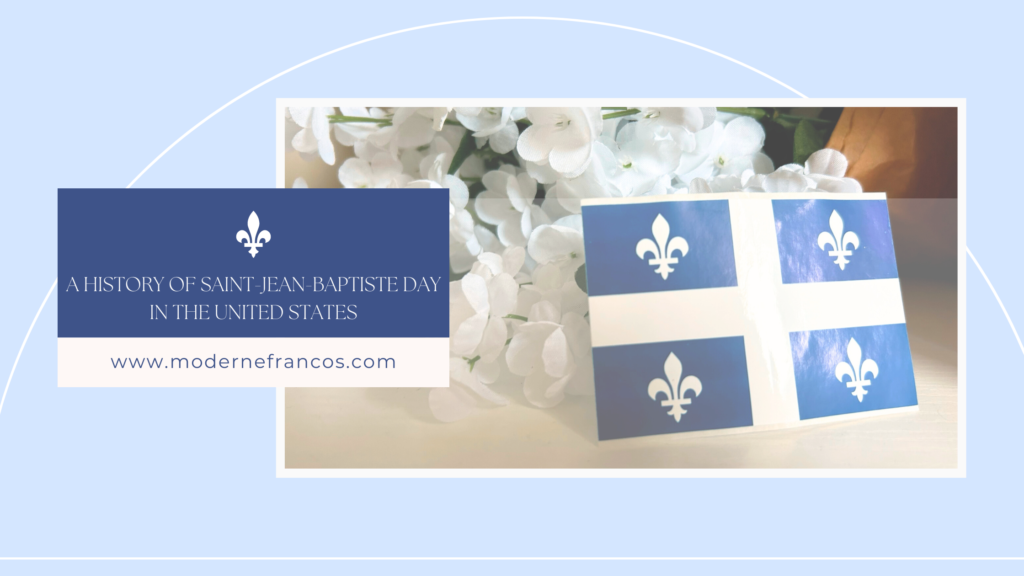
What is Saint-Jean-Baptiste Day?
Saint-Jean-Baptiste Day is a national holiday that began in the province of Québec celebrated by French-Canadians, Québécois, and Franco-Americans. Celebrated on June 24th, this holiday honors the traditional feast day of St. John the Baptist. However, the religious background of Saint-Jean-Baptiste Day has become less prevalent in favor of a more secular approach.
What we know as Saint-Jean-Baptiste Day today comes more from French-Canadian businessman Ludger Duvernay. In 1834, Duvernay attended a Saint Patrick’s Day celebration in Montréal and became inspired by the display of cultural pride. So, he got the idea of French-Canadians having a similar holiday, and shortly after, Duvernay formed the Saint Jean-Baptiste Society. The first official Saint-Jean-Baptiste Day was celebrated on June 24, 1834.
Also called “La St-Jean” and “Fête nationale du Québec,” the holiday is mainly known today as a celebration of Québec Francophone culture. Think of how we celebrate the Fourth of July in the U.S. with parades, family get-togethers, barbeques, picnics, bonfires, and fireworks; that’s how our Northern cousins kick off Fête nationale!
SJB Celebrations in the U.S.
Despite Saint-Jean-Baptiste Day not being an official American holiday (yet!), there’s a long history of these celebrations in the U.S., particularly in New England. As mentioned, the first official Saint-Jean-Baptiste celebration occurred in Montréal in 1834. In the New England states, there are accounts of celebrations between 1873 and 1890 as recounted here on Franco-American history blog Query the Past.
Locations of these Saint-Jean-Baptiste Day events include Lowell, Massachusetts; Worcester, MA; Fall River, MA; Haverhill, MA; Woonsocket, Rhode Island; Pawtucket, RI; Nashua, New Hampshire; and Manchester, NH.
Activities between these celebrations included picnics, speeches, attending Catholic Mass, and parades. Although much of what we do today for Saint-Jean-Baptiste Day is still celebrated with modern additions, there are no longer Franco-American displays of parades that reach the lavishness of those in the past.
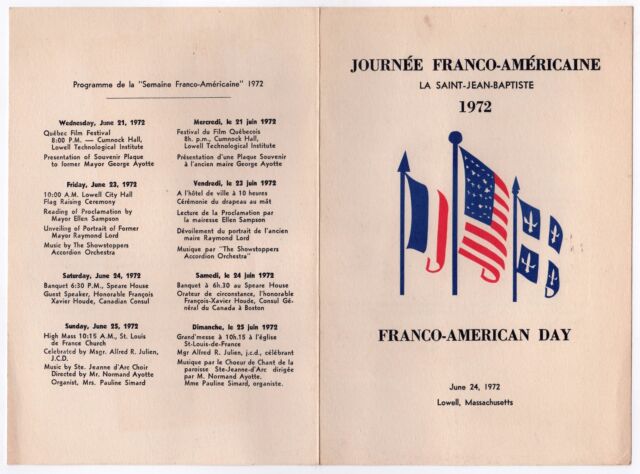
However, linked below this timeline of events is an account of a Minneapolis Saint-Jean-Baptiste celebration in 1883. Activities included Catholic Mass, music, and a parade with a procession of “a police platoon, A Canadian music body, Citizens of Minneapolis, Members of the French Canadian Association, the clergy in cars.”
If you know of any other Saint-Jean-Baptiste Day celebrations outside of New England, please make your voice heard with a response!
In New England states like Maine, Saint-Jean-Baptiste parades were common in Lewiston, with floats representing Québec history and the Catholic faith. A young boy was chosen yearly to symbolize Saint John the Baptist, sometimes with a lamb by his side.
It’s challenging to find Saint-Jean-Baptiste Day celebrations in the U.S. today, but we’ll dive into some modern-day events soon!
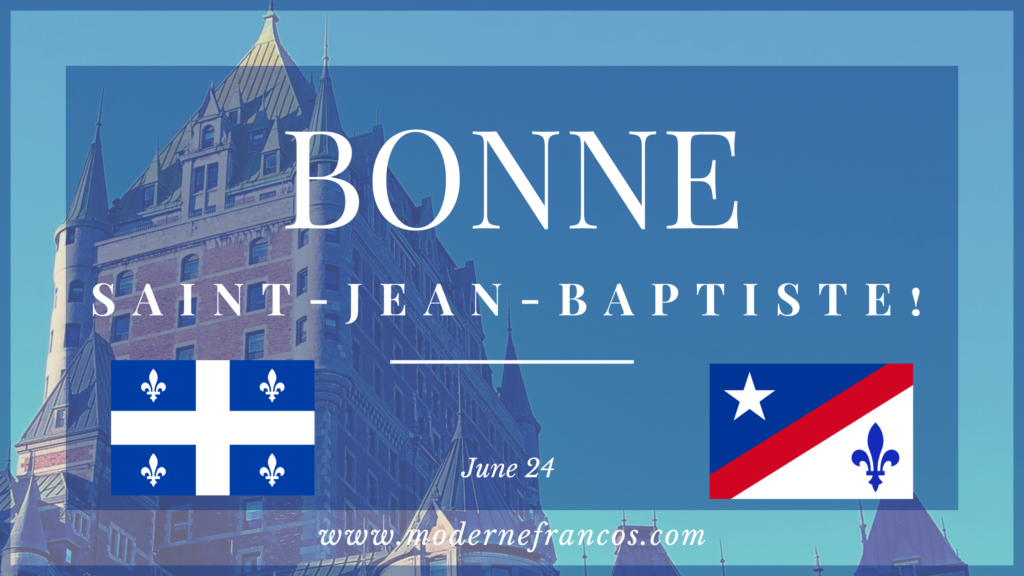
But first, why is June 24th known more widely as La Fête nationale in Québec and not Sainte-Jean-Baptiste Day like it used to be? And why do we still call the holiday Saint-Jean-Baptiste Day in the U.S.?
Why Not La Fête Nationale in the U.S.?
On June 24, 1977, the government of René Lévesque renamed Saint-Jean-Baptiste Day to La Fête nationale du Québec to distance it from its religious connotation. Throughout the 1980s and 90s, celebrations became highly politicized in the wake of the first and second referendums on Québec sovereignty.
However, La Fête nationale became more about celebrating Québec art, culture, and society over time. Today, many communities within Québec come together to celebrate under the blue and white of their province’s flag with decked-out parades to match!
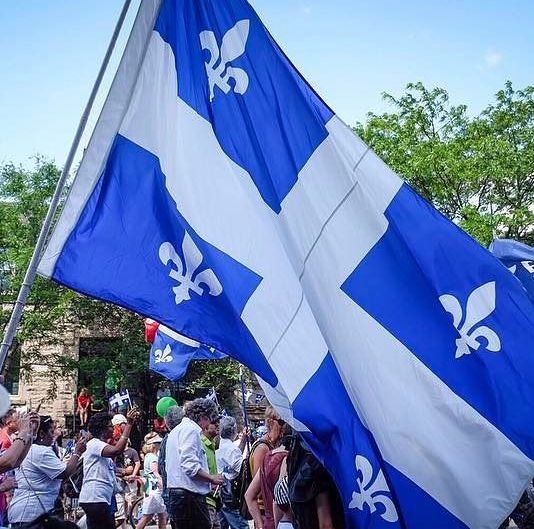
In the U.S., Franco-Americans continue to call the holiday Saint-Jean-Baptiste Day. Although, some states celebrate Franco-American Day or Franco-American Heritage Day on June 23rd or 24th.
Since 2008, Connecticut has recognized June 24th as Franco-American Day. Maine, New Hampshire, Vermont, and Massachusetts have also held Franco-American Day festivals.
The Franco-American Day Committee in Lowell has organized a Saint-Jean-Baptiste Day celebration for decades, starting with a mid-morning raising of the Québec flag at Lowell City Hall. Following the flag-raising is an early prayer service in honor of St. John the Baptist, patron saint of Québec.
This week, the Québec Government Office in Boston had an exciting announcement. The Mayor of Boston declared June 21, 2023 as La Fête nationale du Québec! For the first time in its history, the Québec flag flew at Boston City Hall.
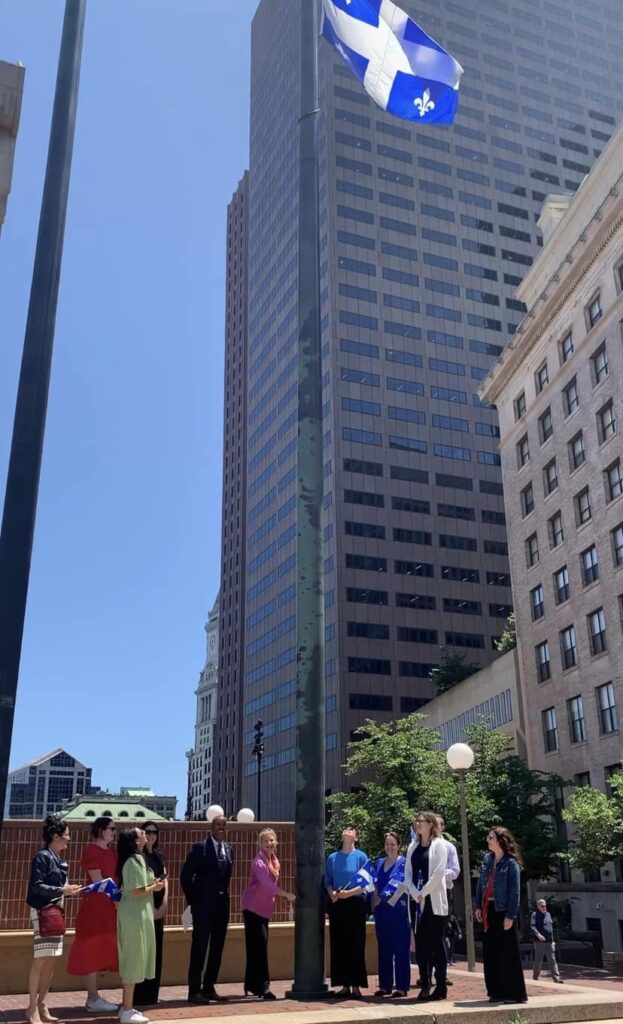
Search for Saint-Jean-Baptiste Day celebrations in your state, or organize one if none are happening! Some events and festivals have been discontinued over the years, so we must keep Saint-Jean-Baptiste Day and Franco-American Day alive going forward.
The Impact of Visual Culture
La Fête nationale thrives in Québec, but Saint-Jean-Baptiste Day is unknown in the American mainstream. Franco-Americans are a blip on the cultural radar, even though we’re still a significant part of the population in parts of the country. So, what changed in Franco-American visibility?
The decline of the French language is a factor, with Franco-Americans leaving Petit Canada neighborhoods for work and education. Along the way, French was dropped in favor of English due to the U.S. being a majority Anglophone country. Because the language wasn’t passed down enough, the Franco-American identity connected to it became lost.
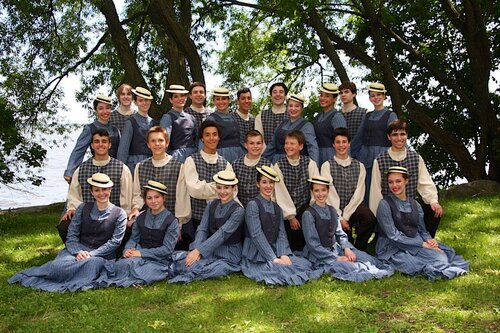
Another factor is the need for more cultural visibility in comparison to the Saint-Jean-Baptiste Day celebrations of the past. Think about what we have today to display our Franco-American culture alongside the fleur-de-lis. We have much to share in food, music, dancing, and folk-inspired clothing! I’ve previously written more about specific steps we should take for more Franco-American visibility in terms of Franco symbology and French-Canadian folklore.
Leaving a Cultural Legacy
Recently, I noticed the “heritage nights” at the Red Sox with other common cultural groups in New England. In the photos of these events I’ve seen thus far, these groups use their visual culture to their advantage: some are in cultural clothing, some wearing clothing inspired by their culture’s flag, and some dancing to their culture’s music.
Why don’t our Franco-American institutions fund a Franco-American or French-Canadian heritage night? I may not be a sports fan, but even I know how American the game of baseball is and its ability to unite people. In my early deep dives into Franco-American research, I remember coming across the Franco-American Heritage Day celebration at the NH FisherCats complete with custom jerseys.
Unfortunately, by the time I moved back to New Hampshire, the Franco-American Heritage Day already ended.
The good news is that festivals like New Hampshire PoutineFest are getting people interested in this classic comfort food of Québec. Still, you know Franco-American culture has lost the prominence it used to hold when most people have no idea what a “Franco-American” is, compared to the days when the term was regularly used in old media like newspapers and literature from Québec and the U.S.
We must keep holding festivals and events for our community, but we also need to enter the mainstream by making ourselves known to the outside world. Language is one thing we can attempt to gain back, but we’re missing huge opportunities to show our presence in louder ways.

The possibilities for Franco-American visibility are endless: we just have to put the work into it and get more creative with our approach. It’s not that we don’t have the same customs held by other cultural groups, because we absolutely do, but we’re notorious for gathering away from the mainstream eye.
We have traditional foods like tourtière, gorton, cretons, sugar pie, and poutine to proudly show off. Our traditional folk music is catchy as anyone else’s, with the beat of Podorythmie adding excitement to every step.
We can make SJB Day the Franco-American Fourth of July while celebrating July 4th a few weeks later! How lucky are we to have two summer holidays so close to each other?! I love that we can celebrate the Québec flag colors and the Stars & Stripes; we can be proud of being in both worlds, whether Francophone, Anglophone, or bilingual.
Our roads may lead back to Québec, but we’re home in the United States where we can leave our legacy behind. But only if we act now.
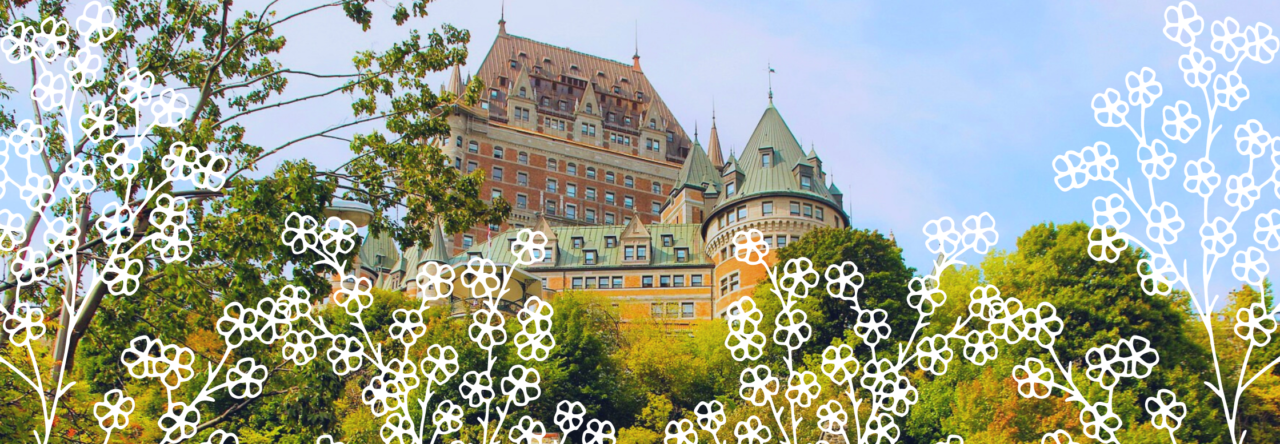
Jean Baillargeon
MERCI BEAUCOUP ! En vous souhaitant tout le succès !
Melody Desjardins
Merci beaucoup, Jean!
Rebecca Drew
Excellent article yet again! We could also encourage local bakers to create special cupcakes or another dessert for the holiday. Cakes can be decorated with blue and white icing, and perhaps they can feature a flavor such as blueberries or maple syrup?!? Let’s put this on our calendars for next year!
Melody Desjardins
Merci, Rebecca! Always great to read your insight. I love those ideas: let’s get everything blue and white! That makes the Fourth of July cakes with frosting, strawberries, and blueberries come to mind. Leave out the strawberries and we can make a Quebec flag cake for Saint-Jean-Baptiste!